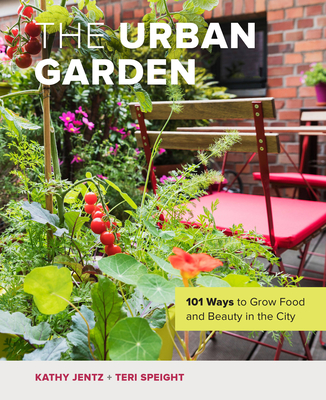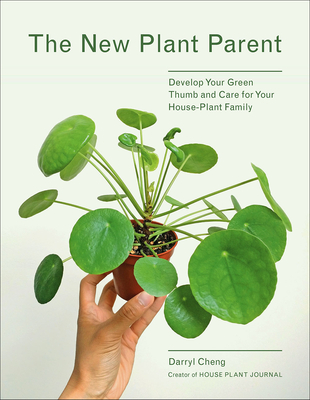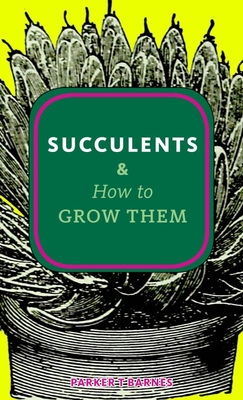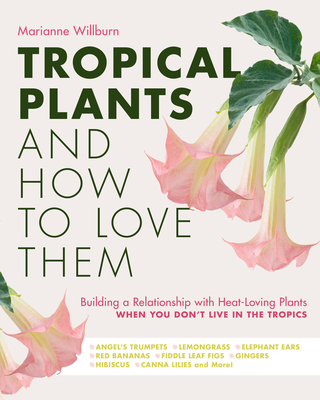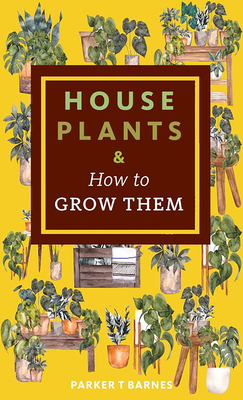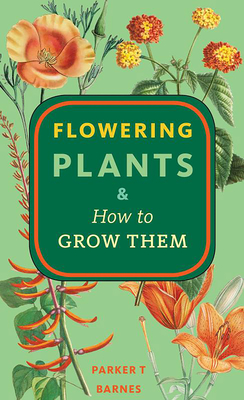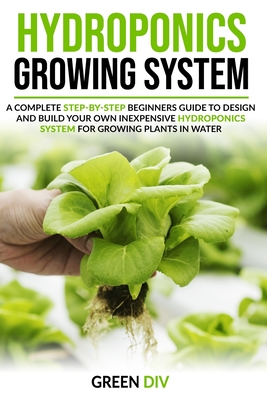
Hydroponics Growing System: A Complete Step-by-Step Beginners Guide to Design and Build Your Own Inexpensive Hydroponics System for Growing Plants (Gardening for Beginners)
Description
Do you want to learn how to design and build your own inexpensive hydroponics system for growing plants in water? If yes, then keep reading...
Hydroponics is a technique for developing plants, without soil, that has been used for a huge number of years. From the start, it might appear to be opposing to develop plants with no dirt, however hydroponics is an unpredictable framework that works superior to the conventional strategy for developing plants in soil.
In a hydroponic developing framework, a supplement charged, amphibian arrangement is flushed through the root zone to furnish the plants with the assets required for ideal development.
There are numerous advantages to utilizing hydroponic develop frameworks: less assets are expended, arable land isn't required, and the harvestable plants are of higher caliber than when developed utilizing conventional strategies. In the last 60 or 70 years, these advantages have expanded the notoriety of hydroponics, and have extended the constrained prospects of indoor and urban planting.
This book covers the following topics:
- What is hydroponics?
- Benefits of hydroponics
- Hydroponics vs soil gardening
- Build your own hydroponic system
- Different types of hydroponic system
- PH in Hydroponic system
...And much more
The word "hydroponics" comes from the Greek word for water, "hydro," and "ponics," meaning labor. The idea is that there is no soil needed for the plants, and that it is instead the water that does the "labor" of keeping the plants alive and healthy.
There are various offshoots of hydroponics. One popular one that may come upon in your research or in conversation is aquaponics. They sound similar, certainly, and both use different names that mean "water," but aquaponics uses fish to help raise the plants.
The fish are in one tank, and instead of the water of that tank being filtered out and all those valuable extra nutrients for plants going to waste, as in a traditional system, it is instead filtered into a hydroponics bed for the plants, providing them with the nutrients.
Hydroponics offers people more benefits compared to traditional soil-based farming, including the capacity to grow food in arid climates, very cold places, and other areas where conventional agriculture won't work. This science allows the expansion of food production even in remote places or dense urban areas.
Many people, when they first hear about hydroponics, are confused and unsure about the benefits since they're used to picturing plants growing in the soil. The importance of soil is taught to us from an early age in biology class, and it can be challenging at first to understand how it's possible to give a plant everything that it needs without also giving it a large plot of land to grow in.
So, what, exactly, is hydroponics? And what are the systems that you can choose from? What can you grow from it, and how does it work? These next few chapters will outline all that you need to know so that you can create your own system at home and reap the benefits of having a garden without any of the accompanying mess or need for lots of space. Educate yourself on hydroponics and see how you'll be able to benefit from it, just like hundreds of others.
Ready to get started? Click "Buy Now.

